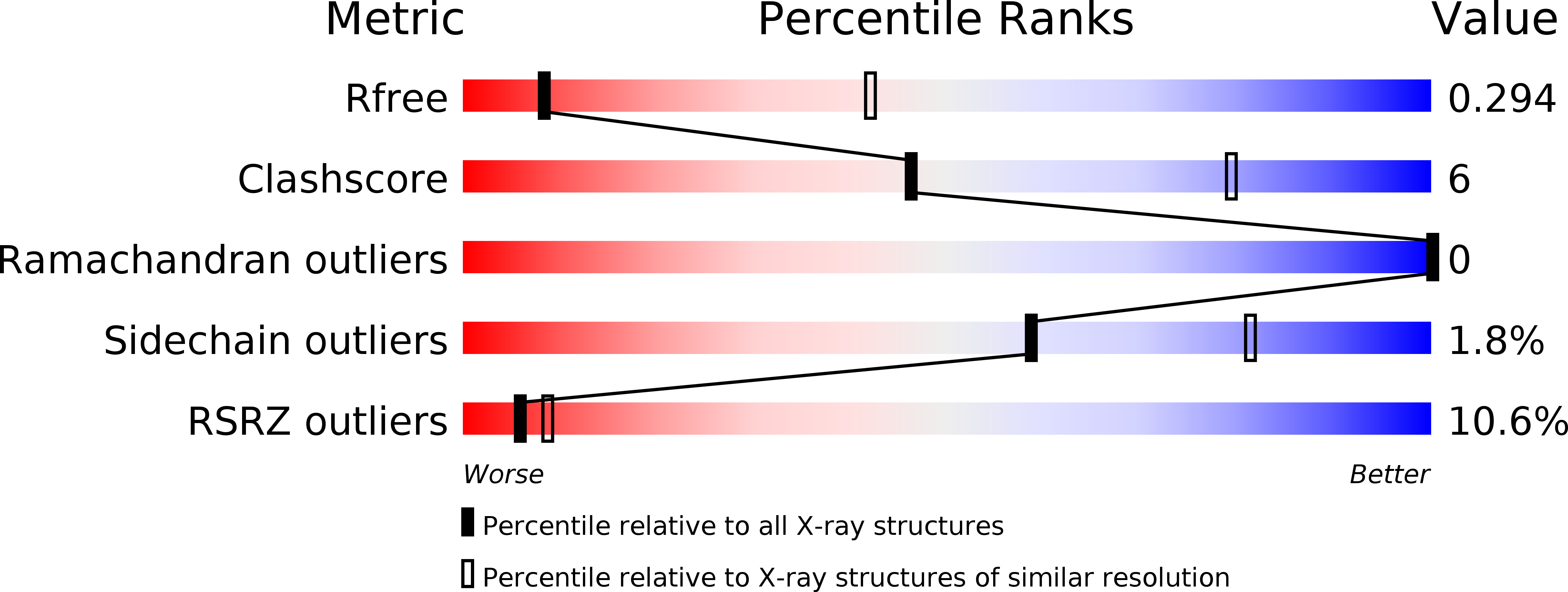
Deposition Date
2013-08-06
Release Date
2014-01-22
Last Version Date
2024-11-20
Entry Detail
PDB ID:
4C0Q
Keywords:
Title:
Transportin 3 in complex with Ran(Q69L)GTP
Biological Source:
Source Organism:
HOMO SAPIENS (Taxon ID: 9606)
Host Organism:
Method Details:
Experimental Method:
Resolution:
3.42 Å
R-Value Free:
0.29
R-Value Work:
0.26
R-Value Observed:
0.26
Space Group:
P 1


